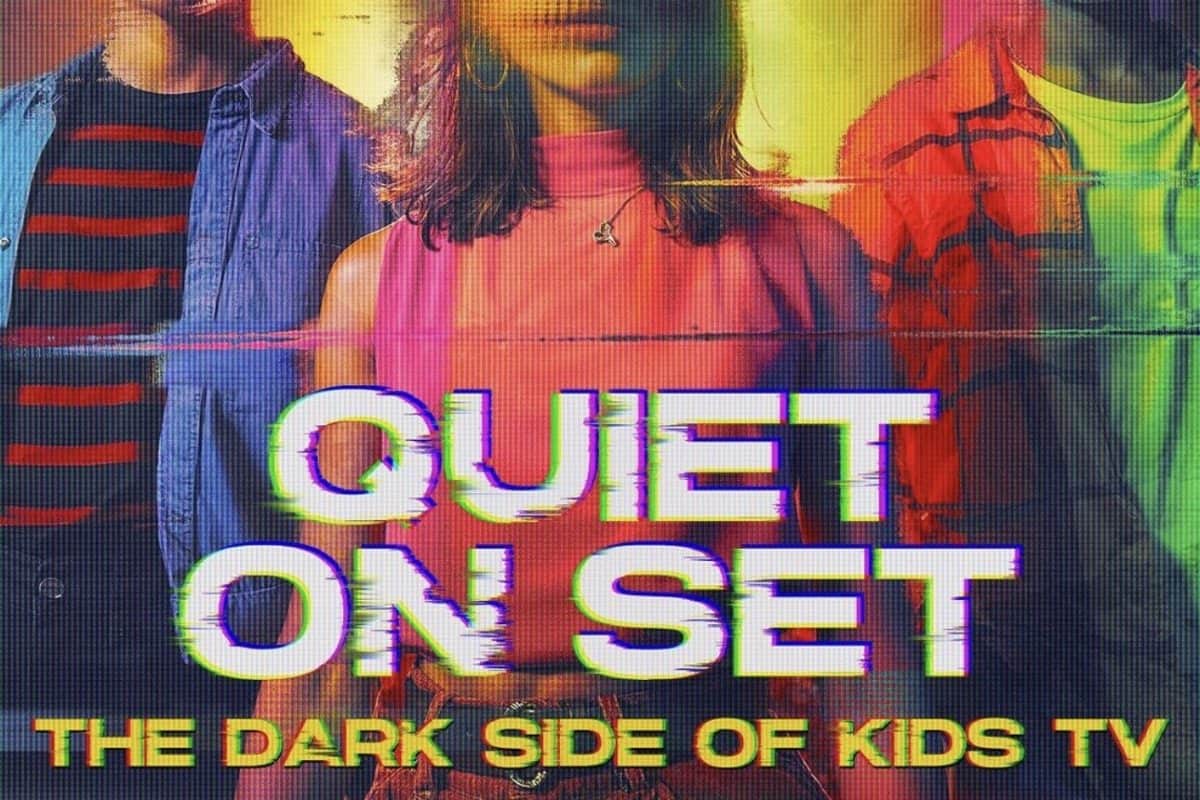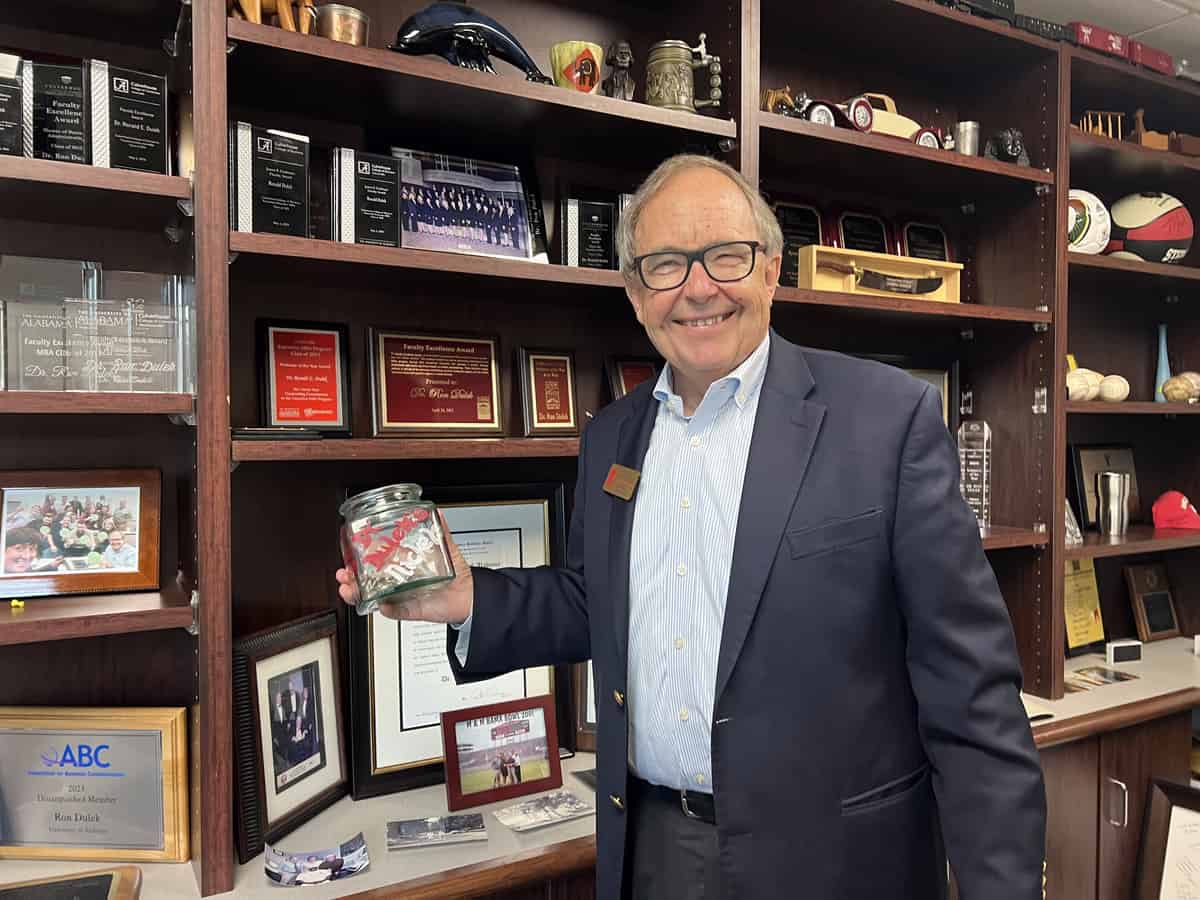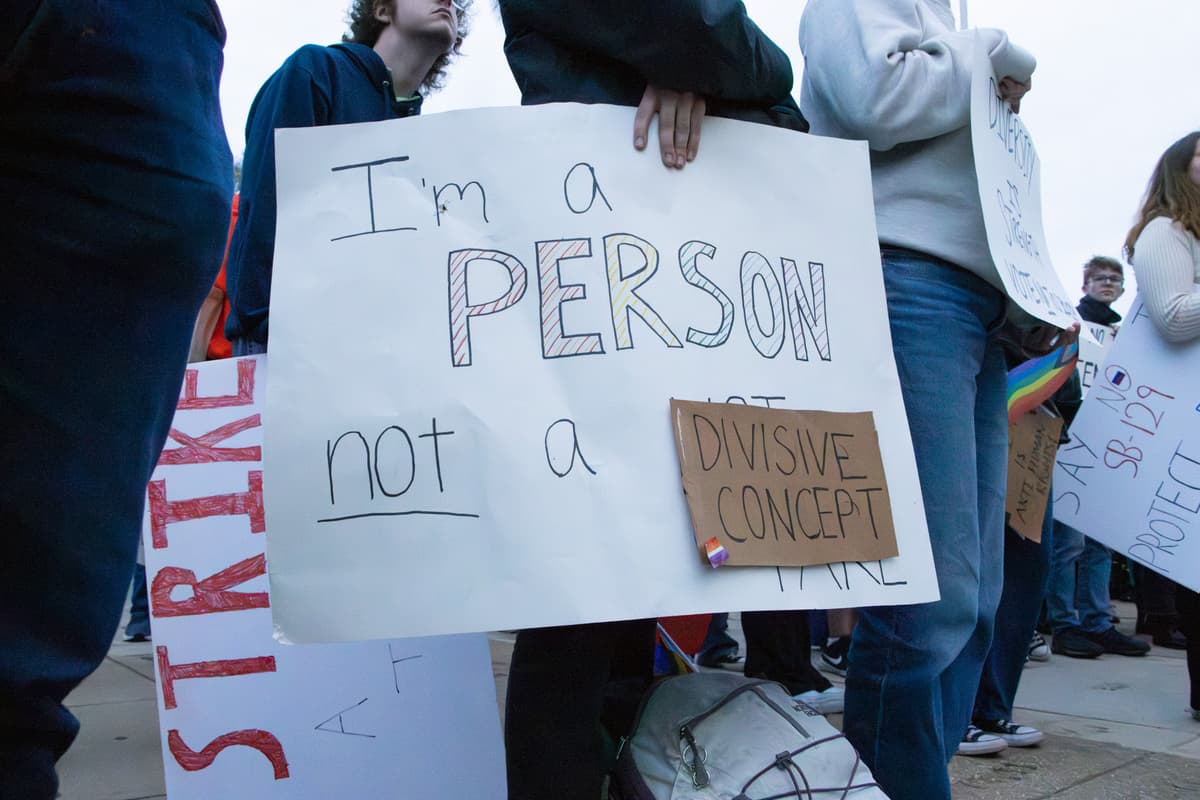“Can you see my label now?”
So begs a five-foot tall, spray-painted, female figure hiding behind a Patagonia insignia. Strategically placed on the temporary wall of the Ferguson Center construction zone for all to see, this behemoth seems hurt, and she seems angry.
But, regardless of her inanimate emotions, as you pass her by one thing becomes abundantly clear.
She’s anti-Greek.
Her words seem to have a certain acidity to them, biting and spitting directly at the clothing company logo with an italicized “now” seemingly beseeching acceptance. Her eyes seem to be transfixed on the B.B. Comer building, making her defeated expression all the more aloof.
Yet she stares down passers-by and inherently judges them based on their outward appearance – based on their labels. No doubt, this Alabama attempt at Banksy-like street art is a sneeringly charged – and rather unprovoked – satire on the conformity of the fraternity and sorority systems.
Now, while the artist’s intent is not without merit, I just can’t help but feel like the piece missed its mark. After all, conformity is nothing new; rather, it’s inherently animalistic – we all seek to be accepted by our peers. Whether that acceptance comes via labels and logos or artwork and satire is up to us.
I, apparently, was not the only one who felt that way, either. In fact, just a few days after the stencil went up, another tag appeared directly below it, stating the collective Greek system’s response in three simple letters: ???.
But the best part is that this sloppily-tagged counterpoint was just as hilariously ironic as the original. Let me explain.
The first piece was an overexerted, unnecessarily academic, liberal and otherwise indie take upon Greek-independent relations on campus. It used an artistic medium – the most stereotypical method for the communication of this message – and reeked of a superiority complex stemming from a self-righteous perspective on the issue.
The second was a snarky dig without much, if any, thought. It merely was a retort of the most common, yet – for some reason I have yet to comprehend – incendiary battle cry of the Greek system, and had no ulterior motive other than throwing a punch right back. Fueled by the exact same pretentious mentality as before, these three crudely painted letters can only be described as the “cool” response, though they come off as slightly moronic.
Frankly, while trying to take a shot at the other side, both artists made themselves and their viewpoints look ridiculous. After all, they represented the most extreme standpoints of either party – perspectives that the majority of students do not identify with.
In the end, both messages were ironically overshadowed by their respective imagery, and as a result they lost absolutely all credibility.
And here is where the ultimate irony comes into play, as both parties – from either absolutely polarized end of the spectrum – came together to create a piece of art that truly reflects the humor of our campus nature, idyllically representing the warring extremes among the placated moderates.
Alone, either tag is simply extremist perception, no matter how academic or sardonic. Juxtaposed against each other, however, the perspectives solicit the simple question, “Why can’t we all just get along?”
And so – as a moderate on this topic, and as someone who could care less about the social affiliations of a person – this is the question I pose to either extreme, and to our Alabama Banksys.
Why can’t we all just get along?
Maxton Thoman is a sophomore majoring in biology. His column runs weekly.






